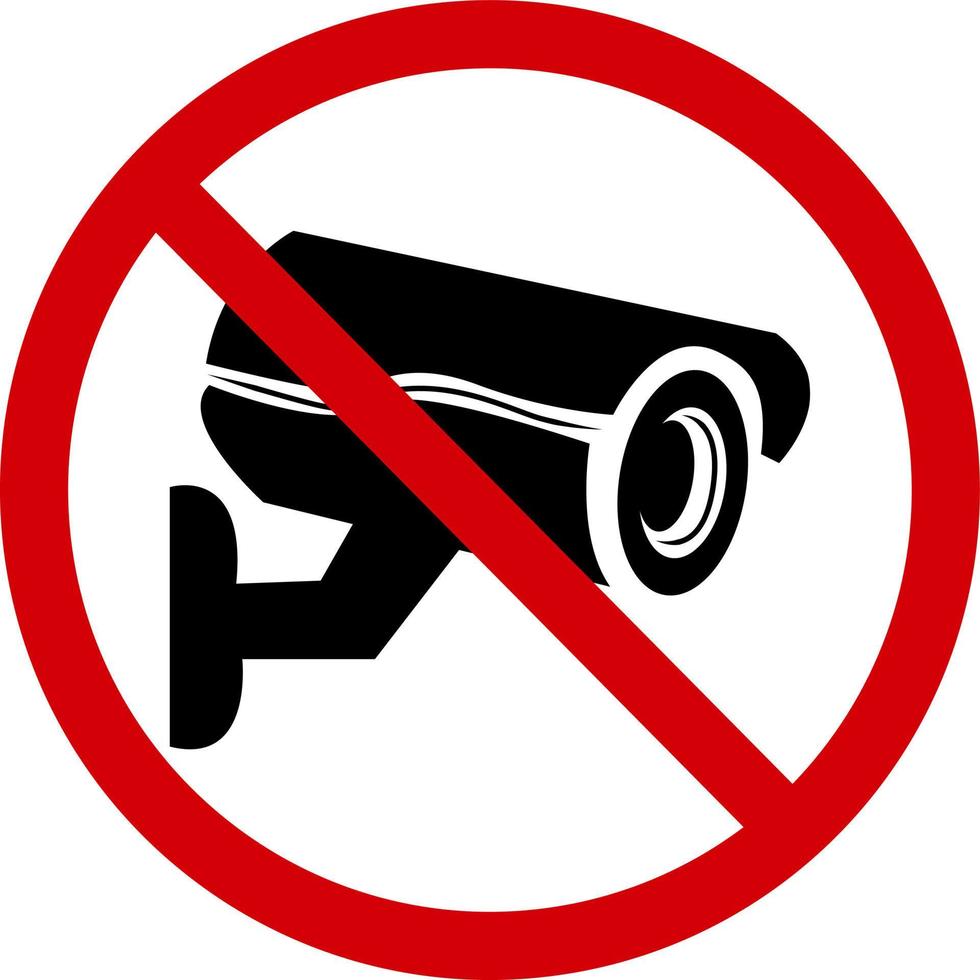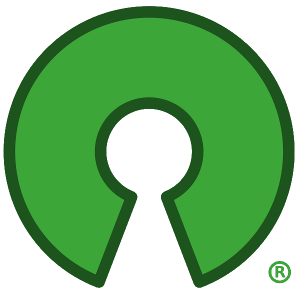

LCARS interface… that is something I haven’t seen in a loooooooong time
The Post Ninja


LCARS interface… that is something I haven’t seen in a loooooooong time


Ah, yes, Linux around the turn of the century. Let’s see…
GPU acceleration? In your dreams. Only some cards had drivers, and there were more than 2 GPU manufacturers back then, too… We had ATi, nVidia, 3dfx, Cirrus, Matrox, Via, Intel… and almost everyone held their driver source cards close to their chest.
Modems? Not if they were “winmodems”, which had no hardware controller, the CPU and the Windows driver (which was always super proprietary) did all the hard work.
Sound? AC’97 software audio was out of the question. See above. You had to find a sound blaster card if you wanted to get audio to work right.
So, you know how modern linux has software packages? Well, back then, we had Slackware, and it compiled everything gentoo style back then. In addition, everyone had a hardon for " compiling from source is better"… so your single core Pentium II had to take its time compiling on a UDMA66-connected hard drive, constrained with 32 or 64 MB RAM. Updating was an overnight procedure.
RedHat and Debian were godsends for people who didn’t want to waste their time compiling… which unfortinately was more common even so, because a lot of software was source only.
Oh, and then MP3 support was ripped out of RedHat in Version 9 iirc, the last version before they split it into RHEL and Fedora. RIP music.
As for Linux on a Mac, there was Yellowdog, which supported the PPC iMacs and such. It was decently good, but I had to write my own x11 monitor settings file (which I still have on a server somewhere, shockingly, I should throw it on github or somewhere) to get the screen to line up and work right.
Basically, be glad Linux has gone from the “spend a considerable amount of time and have programming / underhood linux knowledge to get it working” to “insert stick, install os, start using it” we have now.


Exactly! Like, take a basic car, and make it an EV. It doesn’t need to be a spaceship. I just need speed, charge level, maybe a tach or electrical load indicator, and a range estimator, all of which already exist on a basic car’s dash. The head unit can remain a separate device that connects to my phone for navigation and phone. That’s it.


Mac users: Macs don’t get viruses because reasons
Me: points to this article


How much time do you want to spend on linux os maintenance?


You’re supposed to uncheck the save storage space and download files as you use them option.


Didn’t see a video of it anywhere on the article. Either my browser didn’t support or idk.


Now that makes more sense.


I say it and mean it - when the software is in chinese language or has a very broken english translation for an interface…


My friend, have you ever configured an LED signboard before? If not, what you will learn will shock you…
…a lot of these boards are controlled by proprietary chinese software that only functions on Windows XP… even today.
As to why they don’t have a more modern OS connected to a signboard that obviously supports at least VGA and probably HDMI… I don’t know. Especially since the BSOD is a Windows 10 BSOD… XP did not have QR code sad face BSODs at the time.


Descent, Freespace 2, these two games open sourced a long time ago. They’ve been updated by the community over the years, and ascended far beyond where they started.


Forza Horizon 5. Just got all I could for the Retrowave event. Couldn’t get the DeLorean or the F50, but I do have an extra F40 now and the GMC Syclone. Kinda missed some of the events due to working on other things.
Also the Hyundai N Vision 74 is a meh EV. No way to gear it for more top speed, and the Porsche Taycan is way better.


Well, actually, what if I want AI “crap” capability with my Linux ARM laptop?
The TOPS on those systems are no joke. Consider that it’s 1/2 the performance of an RTX 2060 in a slim laptop form factor.
Edit: The performance variance is still the same. 2060 can do almost 13 TFLOPS fp16 or about 102 TOPS measured (this figure is on other sites too, this is what I can find atm). SD Elite X can do 45 TOPS. Not bad, considering existing x86_64 CPUs with an NPU do 10-16 TOPS.


So… if you don’t want the world to see your work, why are you hosting it publicly?


Anyone who buys a Kei car already knows this just by looking at it.


CommonCanvas, the CC only dataset model


flatpaks are designed for gui apps, and due to packaging dependencies, they are extra heavy in disk space. flatpaks are also most often installed on the user, not systemwide, so no root permissions needed to install.
apt installs systemwide exclusively, but can have a much smaller download size if the dependencies are already installed. Apps sharing dependencies means much less disk space. cli is supported.


Motorcycles have different licensing requirements, and come with caveat emptor that they are inherently unsafe in a motor vehicle accident.
That’s not to say bikes don’t have any safety at all… there is R&D that goes into making them safe in a collision… as safe as they can be.
That only matters if there’s anything to optimize by source compilation. If the program doesn’t have optimization features in the source, it’s wated time and energy.